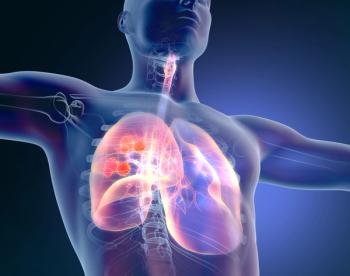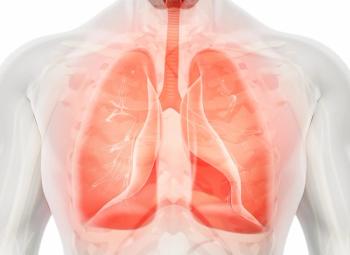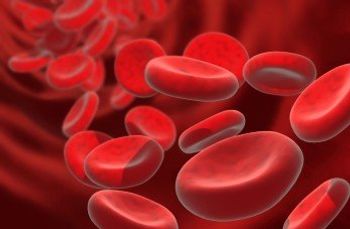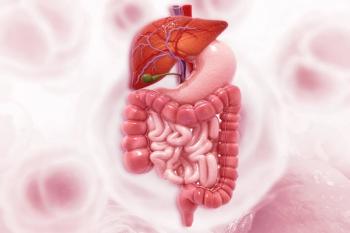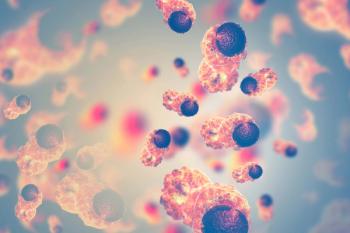
- ONCOLOGY Vol 11 No 4
- Volume 11
- Issue 4
Sensibility is Often Regained When Breasts are Reconstructed with Autologous Tissue, Study Shows
Spontaneous return of sensibility to the breast often occurs following reconstruction with autologous tissue, according to a study published in the February issue of Plastic and Reconstructive Surgery.
Spontaneous return of sensibility to the breast often occurs followingreconstruction with autologous tissue, according to a study published inthe February issue of Plastic and Reconstructive Surgery.
"The spontaneous restoration of sensibility adds so much to thepatient's sense of normality," said lead author of the study, WilliamW. Shaw, MD, who is professor and chairman, Division of Plastic and ReconstructiveSurgery, UCLA School of Medicine. "After coping with a mastectomy,a patient needs to feel that the reconstructed breast is really part ofher body."
The retrospective study included 29 postmastectomy patients who underwenta total of 33 breast reconstructions. The women ranged in age from 36 to73 years and had undergone reconstruction 7 to 96 months prior to the study.Patients were tested for a variety of sensibilities, including touch pressure,pain, heat or cold, and high- and low-frequency vibration. Each of thetests was performed on the peripheral and central portions of the breast,as well as the nipple and areola. The patients also responded to a questionnairerating their attitude toward the reconstructed breasts.
All but one patient experienced some restoration of spontaneous sensibilityin the reconstructed breast: Sensitivity to touch pressure was evidentin 97% of patients; to pain in 88%; to heat and cold in 64% and 82%, respectively;and to high- and low-frequency vibration in 100%. The study showed thatsensitivity begins to return within the first year after reconstructionand is even better after 3 years, suggesting that sensitivity continuesto improve.
Level of Sensibility Appears to Depend on Reinnervation
The level of sensibility may depend on the reinnervation of the reconstructedbreast. This mechanism was not the subject of this study, but it is speculatedthat the concentration of nerves and sensory receptors within the autologoustissue may determine the level of reinnervation. Reinnervation may be deterredby the condition of the patient's chest wall, including the presence ofscars or tissue damaged by radiation treatments.
When a person is unable to feel sensations in a part of the body, likethe hand or foot, the limb feels foreign, not like a part of the normalbody. In addition, there is a danger of injury if the person cannot feelpain, heat, or cold. The same principles apply for women who have a reconstructedbreast, according to Dr. Shaw.
"The sensibility helps a woman incorporate this new reconstructioninto her own body image," said Dr. Shaw. "Knowing that restorationcan often achieve this level of sensibility, that we can go beyond formalone, we can use this information to help our patients assess the variousoptions available after a mastectomy."
The importance of this sensibility to patients was suggested by theirquestionnaire responses, which indicate a uniformly high rate of satisfaction.While no statistical correlation can be drawn from this subjective rating,it may be assumed that the high incidence and quality of sensibility wasone of the reasons for patient satisfaction.
Articles in this issue
almost 29 years ago
Book Review: Physicians' Guide to the Internetalmost 29 years ago
Study Offers Scientific Explanation For Effectiveness of Melanoma Vaccinealmost 29 years ago
Study of Protein Blocking Normal Cell Death May Improve Cancer Drugsalmost 29 years ago
An Overview of Adenocarcinoma of the Small Intestinealmost 29 years ago
Roswell Park to Administer "Old" Drug in a New Wayalmost 29 years ago
NY Lt. Governor Calls for a Halt to HMO Abusesalmost 29 years ago
Paclitaxel Plus Radiation Treatment May Shrink Pancreatic and Gastric Tumorsalmost 29 years ago
Culture May Influence Patients' Perception of Painkiller EffectivenessNewsletter
Stay up to date on recent advances in the multidisciplinary approach to cancer.


